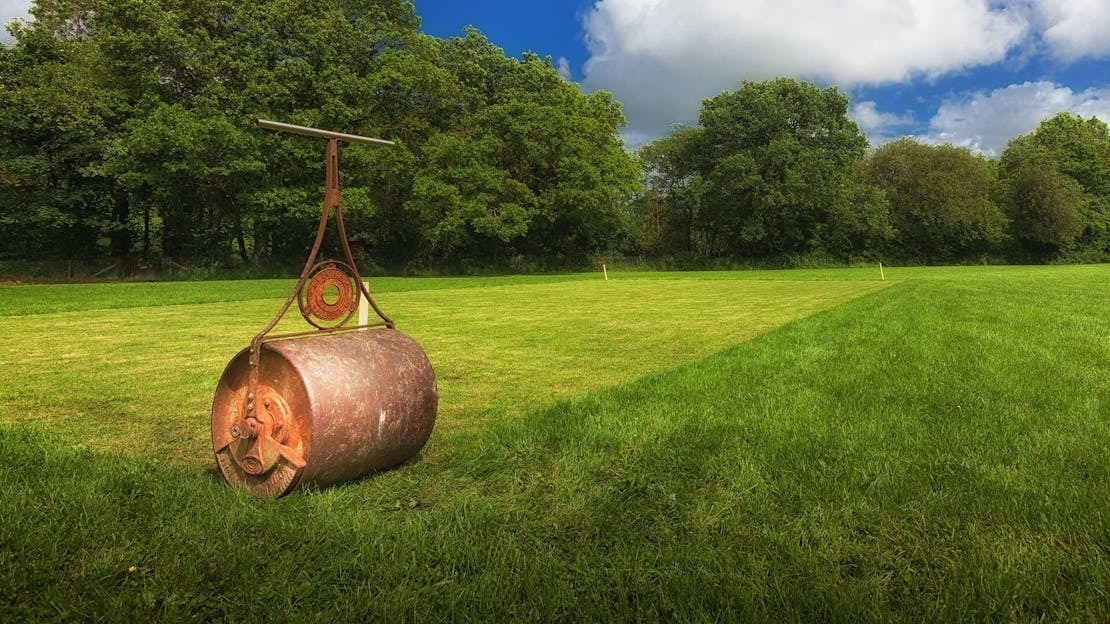
Rolling the Lawn
Rolling the lawn is to firm the surface and to correct frost heave. It will not flatten the surface or sort a bumpy lawn.
A great idea in theory but often quite damaging in practice!
The Misconception(s)
Many people believe that because there is always a massive roller parked alongside every cricket pitch in the country then rolling grass is a good thing indeed. Yes, but only if you want something hard enough to bounce a cricket ball off of! This is not how 99% of sports turf or lawns need to be. The second misconception is that rolling flattens the lawn. Though it may flatten a few worm casts or a little frost heave it won’t flatten your lawn. All rolling will do is firm the ground. Therefore, if you’ve got a hard bump in the lawn it will still be a hard bump even if rolled until the cows come home.
Rolling your Lawn
So, rolling is to firm the surface; meaning the top 1” to 2” of soil. A light roller, half filled water roller or a pedestrian lawn mower roller can be used to firm top dressing and roll after seeding. Generally you would not need anything heavier unless you have an ornamental or croquet lawn. In this case a full water roller, medium solid roller or sit on mower roller can be used to gently firm the surface in dryish conditions after frost, activity or after hollow tining. Caution should be observed with the very old concrete filled rollers. They can be very heavy and quite narrow so apply a lot of pressure per square inch. You can do more harm than good with these.
Levelling the Lawn
The only way to remove bumps and hollows is to add or remove soil. Sometimes repeated top dressing can solve the problem but other times a little surgery is required. See Repairing the Lawn for more advice.